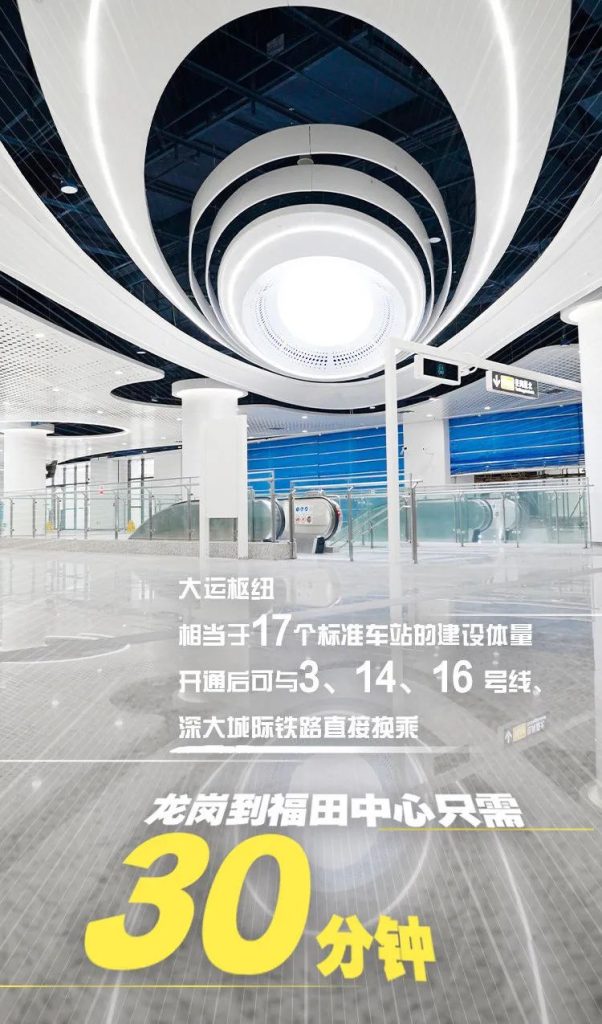
At 10:58 on October 28th, the Fugang section of Shenzhen Metro Line 14 and Line 11, as well as the Gangxia North Hub, Huangmugang Hub, and Dayun Hub, opened simultaneously to welcome passengers! This means that after 6 years of construction, the two line and three hub project, which embodies the wisdom and sweat of urban rail transit builders, has transformed from a blueprint into a beautiful reality!
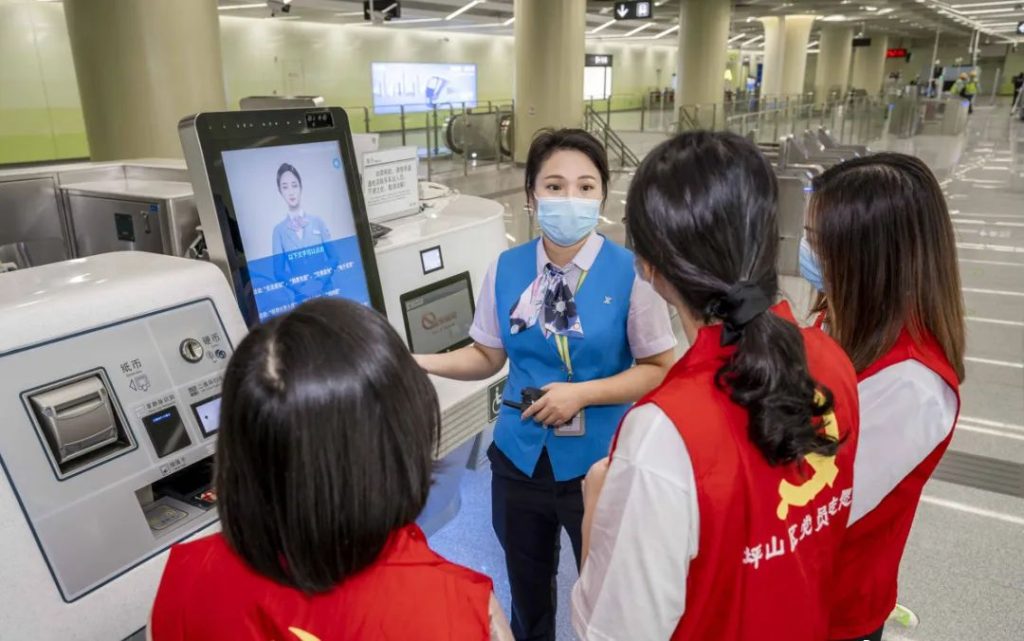
- Shenzhen Metro Line 14 is the first eastern subway express line in Shenzhen and also the first subway in Pingshan District. It starts at the northern transportation hub of Gangxia in Futian District and ends at Shatian in Pingshan District. The total length is 50.34 kilometers, with a total of 18 stations and a running time of about 55 minutes. After the opening of the line, it can greatly shorten the travel time for residents of Longgang and Pingshan to and from the city center and Shenzhen Airport.
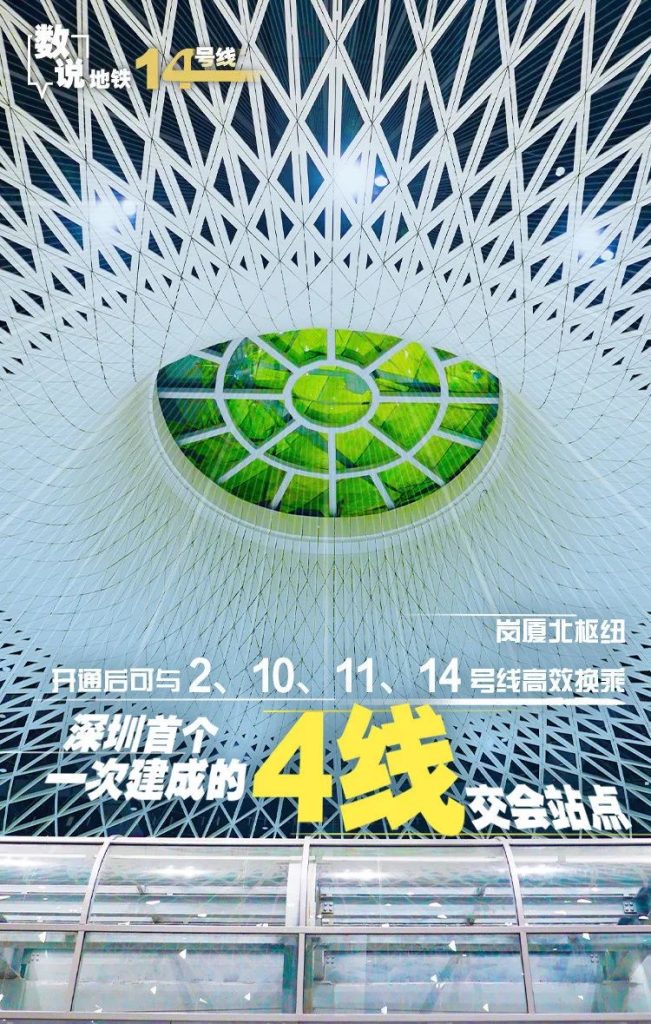
As an important transportation corridor connecting the central area of Shenzhen and the eastern region of Shenzhen, the opening and operation of the Shenzhen Metro’s “two lines and three hubs” has injected strong transportation power into Shenzhen’s implementation of the “eastward expansion strategy”, promotion of regional economic growth, and achievement of high-quality development. At the same time, during the construction of Line 14, innovative development concepts were fully implemented, and “smart travel” terminals were built in multiple scenarios, integrating “black technology” scanning and recognition products of low light interconnection. Smart and convenient service facilities were fully equipped, allowing more citizens to enjoy the convenience of travel brought by “cities on the track”.
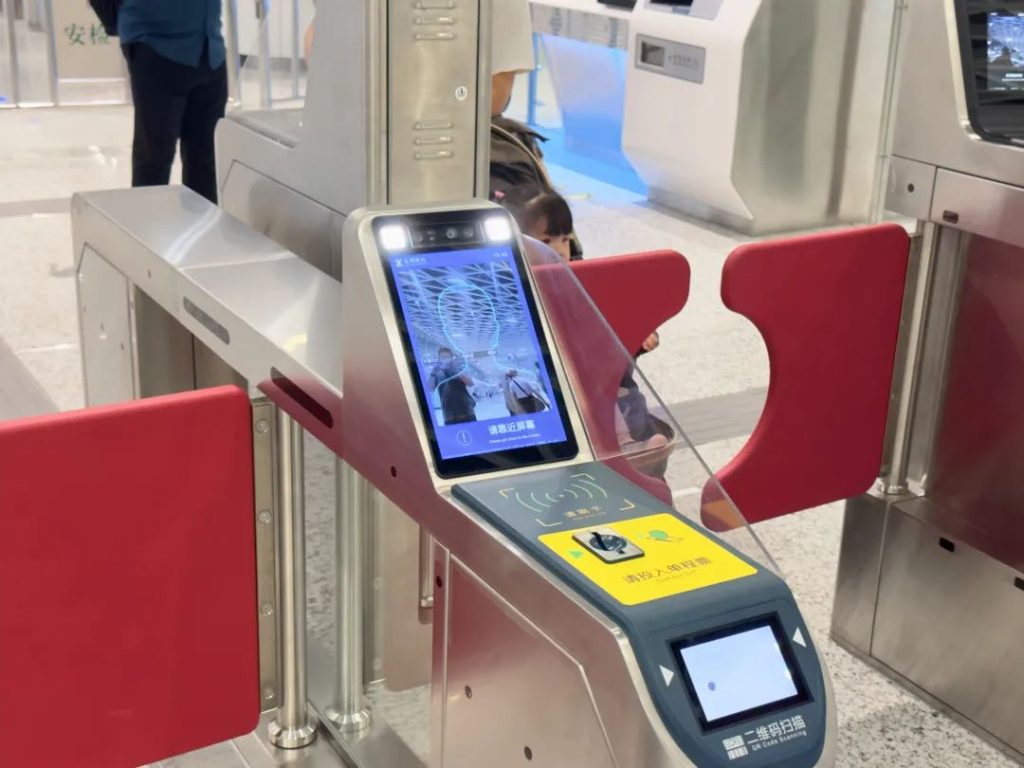
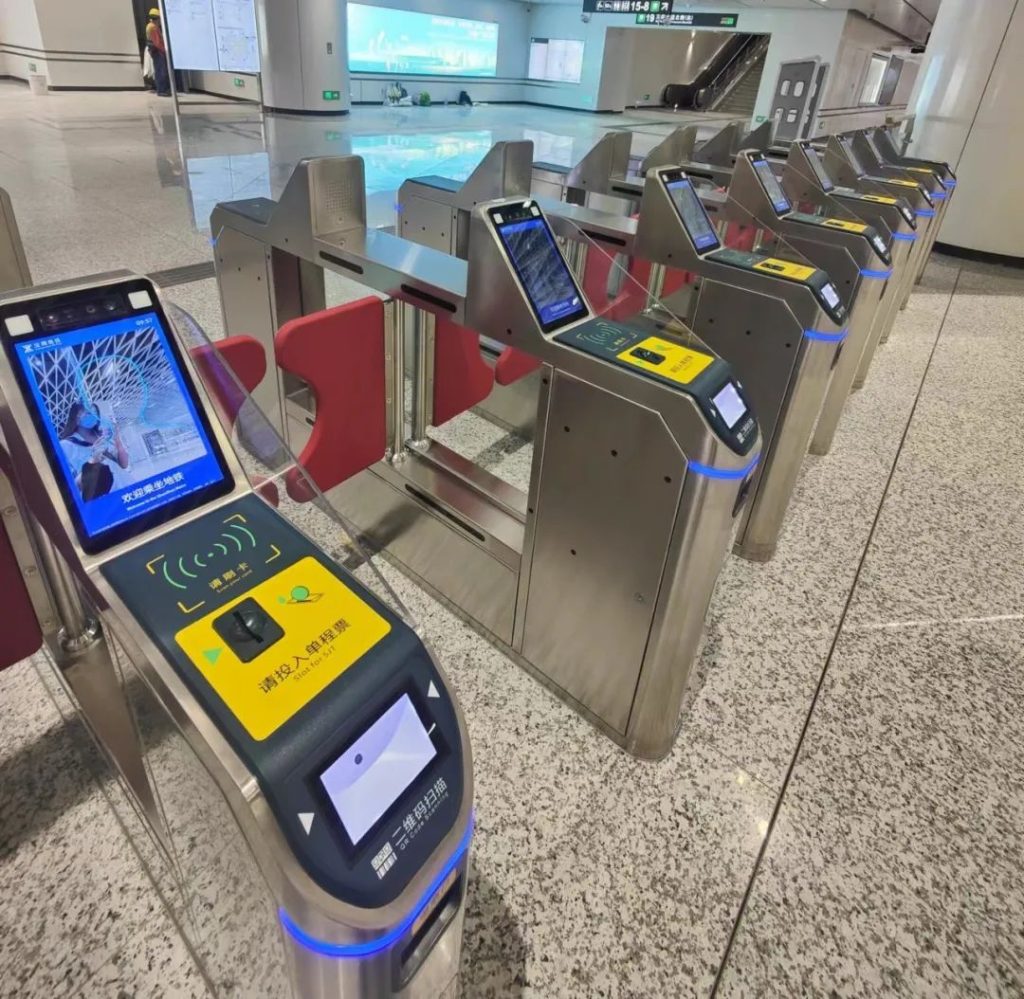
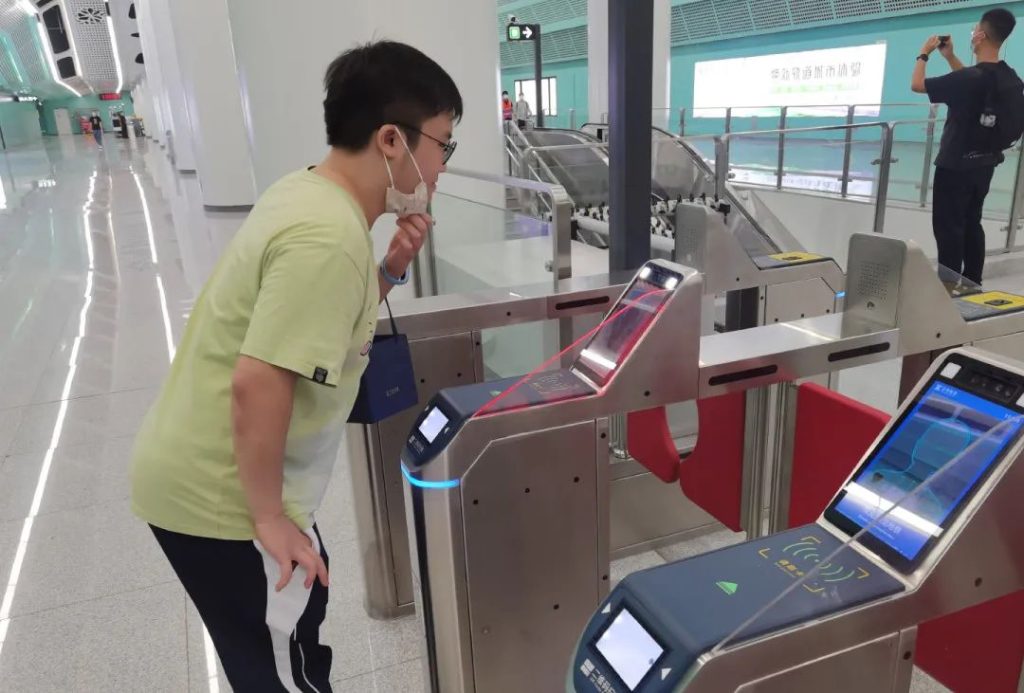
High point planning, innovation and empowerment, multi scenario construction of “smart travel”
Kudou Black Technology Scenario 1: “Face Code Interchange”
The “Face Code Interchange” scheme has been designed in the two line and three hub project of Shenzhen Railway Group. Passengers who have opened their ride codes through the official app of Shenzhen Metro can “swipe the code” to enter and exit the station at existing line stations, and “swipe the face” to enter and exit the station on Line 14. The ticketing system and biometric system automatically match the transaction, further improving the convenience and efficiency of passenger travel. In short, it can achieve the functions of “entering through the gate with QR code, exiting through the gate with facial recognition” and “entering through the gate with facial recognition, exiting through the gate with QR code”.

Among them, the authentication and recognition function of QR code scanning is the responsibility of the intelligent QR code scanner product independently developed by Kudou. Weiguang Internet supports personalized customization services for customers, and this product was customized by our relevant personnel after deep coordination with Shenzhen Railway Group. This JL series customized product is equipped with a large-sized reading window, which can complete scanning without deliberate focusing. Coupled with a high-speed recognition efficiency of 70ms per scan, it can also achieve fast passage in scenarios with high pedestrian traffic such as subways; The protection level reaches IP66, waterproof and dustproof, allowing for easy scanning even in outdoor scenarios, ensuring safety and stability.
Building a railway is building a city, and the opening of the subway is not just the beginning, but at the same time, more opportunities will also come with it. Convenient for everyone to travel and improve commuting efficiency, Microlight Internet has been working hard! Weiguang Internet actively supports the comprehensive construction of smart transportation such as subways, buses, shipping, and air transportation in major cities in China, committed to improving and enhancing the transportation methods of the people, making travel more convenient and efficient. The footsteps of Microlight Interconnection are following the subway network, reaching more corners and witnessing the rapid development of rail transit.

